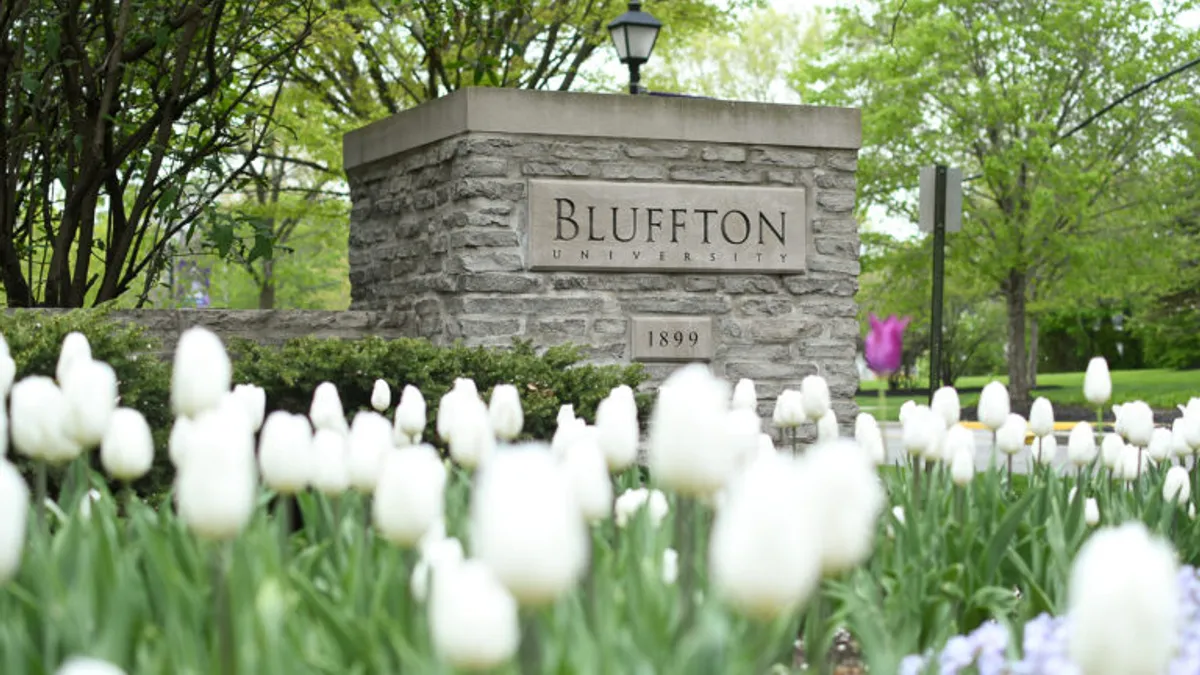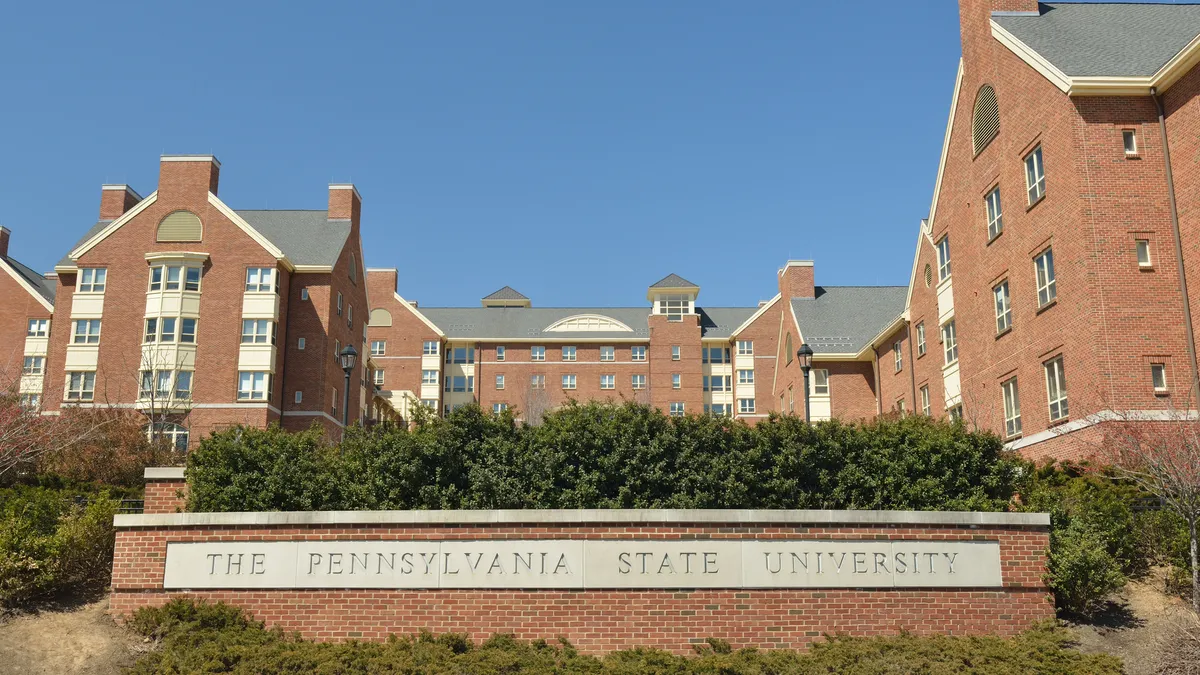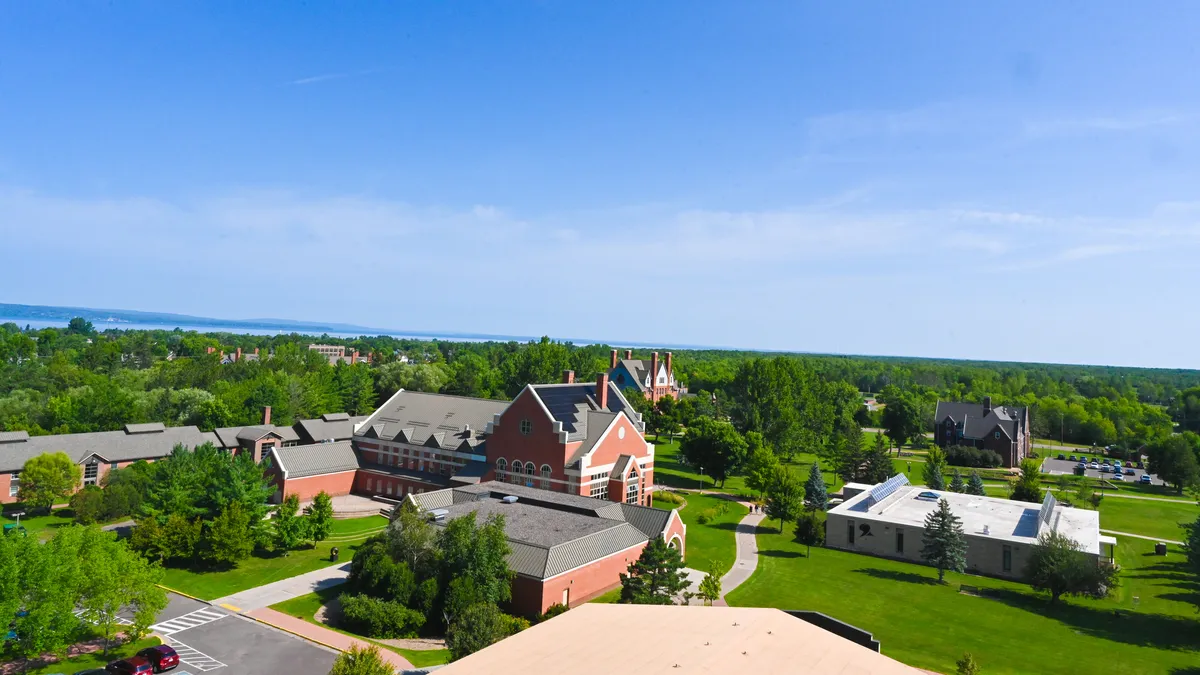Ricardo Azziz has held numerous executive positions in higher education and led the merger that resulted in Georgia Regents University, now Augusta University. He is principal at Strategic Partnerships in Higher Education Consulting Group.
He writes the regular Merger Watch opinion series on corporate restructuring in higher education.
Over the past few months, I have sought the help of several highly trained technicians, including HVAC specialists, electricians, plumbers, auto mechanics and nursing assistants. They were all well trained and working in fields with more jobs than there are qualified individuals available.
And they all charged significantly more per hour than my primary care physician does. In fact, it was so hard to obtain the right technical assistance in a timely manner that I took to learning many of the skills myself. I installed a new water heater, wired my new garage with electricity, and changed the fuel sending unit on my car — among many other things.
It was obvious while waiting for these critical professionals that postsecondary training and experience — and likely, the certificate to prove it — are important. But it was less obvious that an actual college degree was required to meet many of our society’s pressing needs.

As colleges across the country face enrollment declines and look to increase student attendance, we need to ask, “What proportion of the population should actually invest time and money in obtaining a higher education degree?” Everyone? 50%? 10%?
Knowing how many people should obtain a degree would help us better understand what the future of higher education should look like — and how many colleges we actually need.
In general, it is clear that having a college degree results in higher earnings, better retirement options and lower chances of unemployment. Does that mean the entire population should go to college and obtain a degree? Probably not, though the answer depends on the job market and its requirements.
Of the population aged 25 and older in 2022, 9% had less than a high school diploma or the equivalent as their highest level of education, according to the U.S. Census. Twenty-eight percent had high school as their highest level of educational attainment, 15% had completed some college but did not have a degree, 10% had an associate degree, 23% had a bachelor’s degree, and 14% had completed advanced education such as a professional degree.
But how many jobs actually need a degree?
A recent report from the Georgetown University Center on Education and the Workforce estimates that by 2031, 72% of jobs in the U.S. will require postsecondary education and/or training. However, the analysis also notes that only 42% of jobs in 2031 will require at least a bachelor’s degree. In agreement, the Burning Glass Institute reported that the proportion of jobs requiring a college degree fell from 51% in 2017 to 44% in 2021.
That share is not much higher than the 37.7% of the adult U.S. population that already has at least a bachelor’s degree. That suggests that the U.S. may eventually need the share of people with a bachelor’s diploma to rise by about four to six percentage points, the so called “degree gap.”
Many jobs do not require a college degree. Of 1,000 surveyed young adults who graduated from college in fall 2021 or spring 2022, one-third of them were working at jobs that don’t require a degree, according to a recent poll from ResumeBuilder.com, although we should note that these students completed their studies during the pandemic.
Furthermore, it appears that the college pay premium is waning. In 2015, the average worker in the rich world with at least a bachelor’s degree earned two-thirds more than the average person with only a high-school diploma, The Economist reported. The gap shrunk to just half four years later.
Based on the above projections, it seems that while many will benefit from postsecondary training, only 40% to 45% will require a at least a bachelor’s. Consistent with the tempering expectations of a college degree, a recent poll from the Wall Street Journal and the University of Chicago found that 56% of U.S. adults believe that a four-year college education is “not worth the cost”.
I see various forces that will keep demand for college degrees contained.
Paradoxically, many of our society’s needs are increasingly requiring hands-on personal attention (think healthcare) with a growing demand for blue-collar and skilled-trades workers. That’s resulted in an increasingly tight labor market and greater negotiating power for workers.
Enrollment has also notably increased in vocational programs. According to a report by the National Student Clearinghouse, from fall 2022 to fall 2023 enrollment increased 11.3% in mechanic and repair trade programs at two-year colleges, 3.6% in construction, 6.9% in precision and production, and 7.6% in culinary programs. Meanwhile, enrollment increased only 2.6% at public two-year colleges and 0.6% at public four-year institutions.
Additionally, while the increasing use of artificial intelligence may reduce the need for many lower-level and repetitive jobs, AI will also likely give many workers, particularly less-skilled ones, a productivity boost. In this setting, AI may serve as their knowledge partner, providing workers with direction, alternatives, checks and explanations for many tasks that were more complex and advanced than they previously were able to do.
Thus, AI could expand and extend the professional and operational capacity of many workers that do not have higher education degrees.
Employers are increasingly leveraging in-house training and education. A recent survey by Multiverse, a startup that provides apprenticeship programs, found that 32% of business leaders expected degrees to matter less for entry-level candidates in the next five to 10 years. Another report by Intelligent.com confirmed the same sentiment.
Finally, changes in how postsecondary education is being provided, including the use of stackable credentials, will also temper the demand for a degree.
Colleges experiencing declining enrollments should not expect that the U.S. economy will demand a much greater number of college graduates than there are currently any time soon. However, a small increase may be needed to cover the estimated degree gap.
Consequently, the demographic and enrollment pressures threatening many institutions suggests that officials should expect widespread consolidation. Leaders who recognize and are willing to face this fact — well before their institutions are devoid of significant enrollment, brand, and assets — will be those that are able to navigate the choppy waters and successfully find merger partners. At minimum, that will ensure the continuity of their institution’s mission and heritage.






















